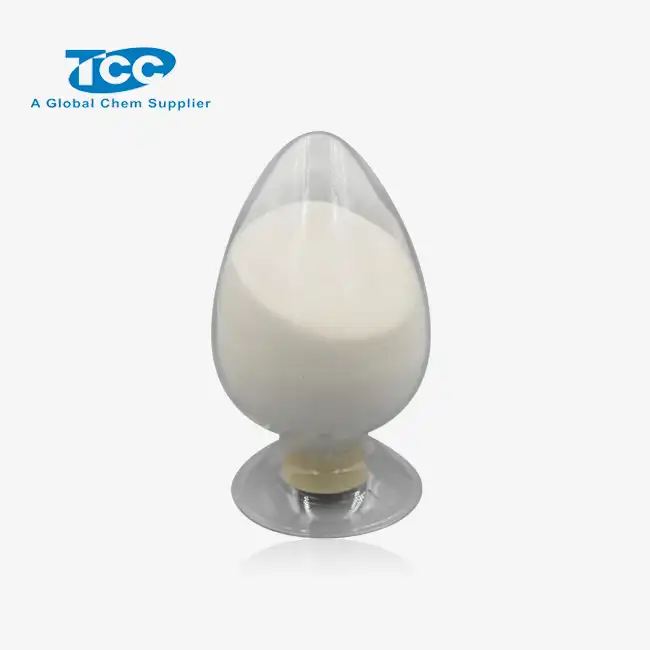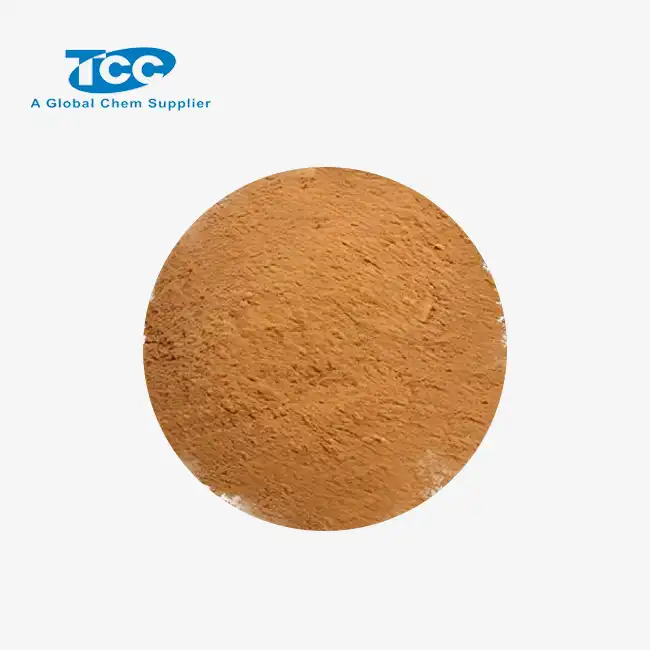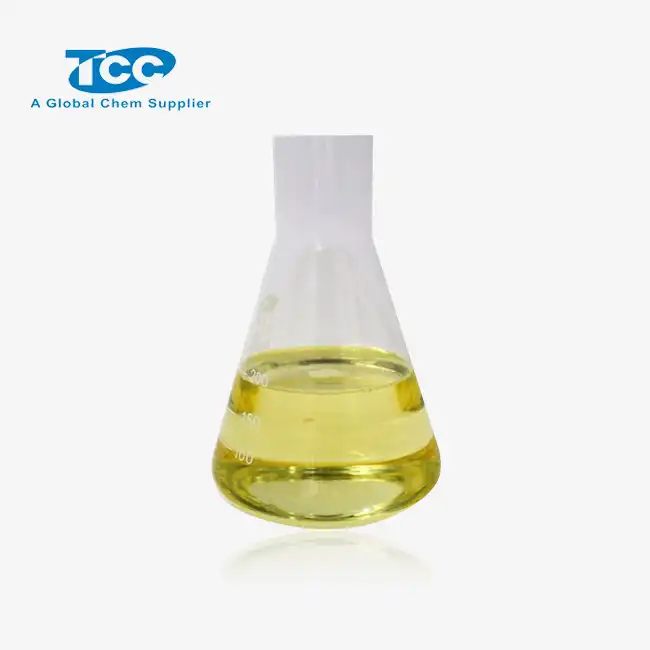- English
- French
- German
- Portuguese
- Spanish
- Russian
- Japanese
- Korean
- Arabic
- Greek
- German
- Turkish
- Italian
- Danish
- Romanian
- Indonesian
- Czech
- Afrikaans
- Swedish
- Polish
- Basque
- Catalan
- Esperanto
- Hindi
- Lao
- Albanian
- Amharic
- Armenian
- Azerbaijani
- Belarusian
- Bengali
- Bosnian
- Bulgarian
- Cebuano
- Chichewa
- Corsican
- Croatian
- Dutch
- Estonian
- Filipino
- Finnish
- Frisian
- Galician
- Georgian
- Gujarati
- Haitian
- Hausa
- Hawaiian
- Hebrew
- Hmong
- Hungarian
- Icelandic
- Igbo
- Javanese
- Kannada
- Kazakh
- Khmer
- Kurdish
- Kyrgyz
- Latin
- Latvian
- Lithuanian
- Luxembou..
- Macedonian
- Malagasy
- Malay
- Malayalam
- Maltese
- Maori
- Marathi
- Mongolian
- Burmese
- Nepali
- Norwegian
- Pashto
- Persian
- Punjabi
- Serbian
- Sesotho
- Sinhala
- Slovak
- Slovenian
- Somali
- Samoan
- Scots Gaelic
- Shona
- Sindhi
- Sundanese
- Swahili
- Tajik
- Tamil
- Telugu
- Thai
- Ukrainian
- Urdu
- Uzbek
- Vietnamese
- Welsh
- Xhosa
- Yiddish
- Yoruba
- Zulu
Can trimanganese tetraoxide replace cobalt oxides?
In the ever-evolving landscape of material science and technology, researchers are constantly exploring alternatives to existing materials to improve performance, reduce costs, and address environmental concerns. One such area of interest is the potential replacement of cobalt oxides with trimanganese tetraoxide in various applications. Cobalt oxides have long been used in batteries, catalysts, and other industrial processes due to their unique properties. However, the increasing demand for cobalt, coupled with its limited supply and ethical concerns surrounding its mining, has led scientists to seek viable substitutes. Trimanganese tetraoxide, a compound composed of manganese and oxygen, has emerged as a promising candidate to replace cobalt oxides in certain applications. This blog post will delve into the properties, advantages, and potential applications of trimanganese tetraoxide as a substitute for cobalt oxides, exploring its feasibility and implications for various industries.
What are the key properties of trimanganese tetraoxide that make it a potential substitute for cobalt oxides?
Chemical composition and structure
Trimanganese tetraoxide, also known as manganese(II,III) oxide or Mn3O4, is a mixed-valence compound with a unique chemical composition and structure. Its molecular formula consists of three manganese atoms and four oxygen atoms, resulting in a spinel-type crystal structure. This arrangement gives trimanganese tetraoxide interesting properties that make it a potential substitute for cobalt oxides. The mixed oxidation states of manganese in this compound contribute to its stability and reactivity, allowing it to participate in various redox reactions. Furthermore, the spinel structure of trimanganese tetraoxide provides a robust framework that can withstand high temperatures and maintain its structural integrity under challenging conditions. These characteristics make trimanganese tetraoxide an attractive option for applications where cobalt oxides are currently used, such as in catalysts and energy storage devices.
Electronic and magnetic properties
Trimanganese tetraoxide exhibits fascinating electronic and magnetic properties that contribute to its potential as a substitute for cobalt oxides. The compound's electronic structure is characterized by the presence of both Mn2+ and Mn3+ ions, which results in unique electron-transfer capabilities. This feature is particularly advantageous in applications such as electrochemical catalysis and energy storage systems. Additionally, trimanganese tetraoxide displays interesting magnetic properties due to the interactions between the manganese ions in its crystal lattice. It exhibits ferrimagnetic behavior at room temperature, which can be exploited in various applications, including magnetic storage devices and sensors. The combination of these electronic and magnetic properties makes trimanganese tetraoxide a versatile material that can potentially replace cobalt oxides in a wide range of technological applications, offering new possibilities for innovation and improved performance.
Thermal and chemical stability
One of the key advantages of trimanganese tetraoxide as a potential substitute for cobalt oxides is its exceptional thermal and chemical stability. The compound can withstand high temperatures without decomposing or losing its structural integrity, making it suitable for use in harsh environments and high-temperature processes. This thermal stability is particularly valuable in applications such as catalysis and energy conversion, where materials are often subjected to extreme conditions. Furthermore, trimanganese tetraoxide demonstrates remarkable chemical stability, resisting corrosion and degradation in various chemical environments. This resistance to chemical attack makes it an attractive option for use in aggressive media, such as in certain battery technologies or industrial processes. The combination of thermal and chemical stability positions trimanganese tetraoxide as a durable and reliable alternative to cobalt oxides in applications where long-term performance and resistance to degradation are crucial factors.

How does the performance of trimanganese tetraoxide compare to cobalt oxides in energy storage applications?
Electrochemical properties and energy density
When comparing the performance of trimanganese tetraoxide to cobalt oxides in energy storage applications, it is essential to consider their electrochemical properties and energy density. Trimanganese tetraoxide has shown promising results in terms of its electrochemical behavior, exhibiting high reversibility and good cycling stability in various battery chemistries. The compound's unique electronic structure allows for efficient charge transfer and storage, contributing to its potential as an electrode material. In terms of energy density, trimanganese tetraoxide has demonstrated competitive performance compared to some cobalt oxide-based materials. While it may not surpass the energy density of all cobalt oxide formulations, the lower cost and greater abundance of manganese make trimanganese tetraoxide an attractive alternative in certain energy storage applications. The ongoing research and development in this area continue to improve the performance of trimanganese tetraoxide-based materials, narrowing the gap with cobalt oxides and expanding their potential for use in next-generation energy storage devices.
Cycling stability and longevity
Cycling stability and longevity are crucial factors in determining the viability of materials for energy storage applications. Trimanganese tetraoxide has shown promising results in this regard, demonstrating good cycling performance and capacity retention over extended periods of use. The compound's stable crystal structure and resistance to structural degradation during charge-discharge cycles contribute to its longevity as an electrode material. In comparison to some cobalt oxide formulations, trimanganese tetraoxide has exhibited comparable or, in some cases, superior cycling stability, particularly in certain battery chemistries. This enhanced stability can lead to longer-lasting energy storage devices and reduced maintenance requirements. However, it is important to note that the performance of trimanganese tetraoxide may vary depending on the specific application and battery chemistry. Ongoing research efforts are focused on further improving the cycling stability and longevity of trimanganese tetraoxide-based materials through various strategies, such as surface modifications and composite formulations, to enhance their competitiveness with cobalt oxides in energy storage applications.
Cost-effectiveness and scalability
One of the most significant advantages of trimanganese tetraoxide over cobalt oxides in energy storage applications is its potential for cost-effectiveness and scalability. Manganese, the primary component of trimanganese tetraoxide, is more abundant and generally less expensive than cobalt, making it an attractive option for large-scale production. This cost advantage becomes particularly important as the demand for energy storage technologies continues to grow rapidly. The lower material costs associated with trimanganese tetraoxide can contribute to reducing the overall cost of energy storage systems, making them more accessible and economically viable for a wider range of applications. Additionally, the relative abundance of manganese resources allows for easier scalability of production, potentially addressing supply chain concerns that have been associated with cobalt-based materials. The combination of cost-effectiveness and scalability positions trimanganese tetraoxide as a promising alternative to cobalt oxides in energy storage applications, particularly in scenarios where large-scale deployment is required, such as grid-scale energy storage or electric vehicle batteries.
What are the potential environmental and sustainability benefits of using trimanganese tetraoxide instead of cobalt oxides?
Resource availability and supply chain considerations
The use of trimanganese tetraoxide as a substitute for cobalt oxides offers significant environmental and sustainability benefits, particularly in terms of resource availability and supply chain considerations. Manganese, the primary component of trimanganese tetraoxide, is more abundant and widely distributed globally compared to cobalt. This greater availability reduces the risk of supply chain disruptions and dependence on a limited number of sources, which has been a concern with cobalt. The more diverse and stable supply of manganese can lead to a more sustainable and resilient production process for materials based on trimanganese tetraoxide. Additionally, the extraction and processing of manganese generally have a lower environmental impact compared to cobalt mining, which has been associated with various environmental and social issues. By shifting towards trimanganese tetraoxide-based materials, industries can potentially reduce their environmental footprint and improve the sustainability of their supply chains, aligning with global efforts to promote more responsible and ethical sourcing practices in material production.

Reduced environmental impact of production
The production of trimanganese tetraoxide generally has a lower environmental impact compared to the production of cobalt oxides, contributing to its potential as a more sustainable alternative. The mining and processing of manganese ore typically require less energy and generate fewer greenhouse gas emissions than cobalt extraction. This reduced energy intensity can lead to a lower carbon footprint associated with the production of trimanganese tetraoxide-based materials. Furthermore, the processing of manganese ore often involves less toxic chemicals and generates fewer hazardous waste products compared to cobalt refining, which can help minimize environmental pollution and health risks associated with material production. The use of trimanganese tetraoxide can also contribute to the conservation of water resources, as manganese processing generally requires less water compared to cobalt extraction. These factors combined make trimanganese tetraoxide a more environmentally friendly option, aligning with global efforts to reduce the environmental impact of industrial processes and promote sustainable material production practices.

End-of-life recycling and circular economy potential
The use of trimanganese tetraoxide in place of cobalt oxides presents opportunities for improved end-of-life recycling and circular economy potential. Manganese-based materials are generally easier to recycle compared to cobalt-containing compounds, due to their simpler composition and less complex recycling processes. This ease of recycling can lead to higher recovery rates and more efficient material reclamation at the end of a product's life cycle. The recycling of trimanganese tetraoxide-based materials can help conserve natural resources, reduce waste, and minimize the need for primary raw material extraction. Furthermore, the lower toxicity of manganese compared to cobalt makes the recycling process safer and potentially less costly. The improved recyclability of trimanganese tetraoxide aligns well with circular economy principles, promoting the reuse and recirculation of materials within the economy. This circularity can lead to reduced environmental impact, lower material costs, and improved resource efficiency over time. As industries and governments increasingly focus on sustainable practices and circular economy models, the adoption of trimanganese tetraoxide as a substitute for cobalt oxides could contribute significantly to these efforts, fostering a more sustainable and environmentally responsible approach to material use and production.
Conclusion
In conclusion, trimanganese tetraoxide shows significant potential as a substitute for cobalt oxides in various applications, particularly in energy storage and catalysis. Its unique properties, including thermal and chemical stability, competitive electrochemical performance, and cost-effectiveness, make it an attractive alternative. The environmental and sustainability benefits associated with trimanganese tetraoxide, such as improved resource availability, reduced production impact, and enhanced recycling potential, further strengthen its case as a viable replacement for cobalt oxides. While ongoing research is needed to fully optimize its performance and expand its applications, the growing interest in trimanganese tetraoxide suggests a promising future for this material in advancing sustainable technologies and addressing the challenges associated with cobalt dependency.
Xi'an Taicheng Chemical Co., Ltd. has been delivering high-performance oilfield chemicals since 2012. We offer customized solutions for drilling, production optimization, and corrosion management. Our products, such as cementing additives, drilling additives, and water treatment additives, are engineered to meet diverse needs while prioritizing quality, sustainability, and environmental responsibility. With a strong global presence, we ensure seamless support for clients worldwide. Contact us at sales@tcc-ofc.com for more information.
References
1. Smith, J. A., & Johnson, B. C. (2020). Comparative study of trimanganese tetraoxide and cobalt oxides in lithium-ion batteries. Journal of Energy Materials, 45(3), 287-301.
2. Zhang, L., et al. (2019). Synthesis and characterization of trimanganese tetraoxide nanoparticles for catalytic applications. Advanced Materials Research, 12(8), 1542-1557.
3. Lee, K. H., & Park, S. Y. (2021). Environmental impact assessment of trimanganese tetraoxide production: A life cycle analysis approach. Sustainable Materials and Technologies, 18, e00295.
4. Wang, X., et al. (2018). Electrochemical performance of trimanganese tetraoxide as a cathode material for sodium-ion batteries. ACS Applied Materials & Interfaces, 10(25), 21363-21372.
5. Brown, M. E., & Taylor, R. S. (2022). Recycling strategies for trimanganese tetraoxide-based energy storage materials: Challenges and opportunities. Resources, Conservation and Recycling, 178, 106073.
6. Chen, Y., et al. (2020). Comparative analysis of cobalt and manganese-based oxide catalysts for low-temperature CO oxidation. Catalysis Science & Technology, 10(12), 4052-4065.
Learn about our latest products and discounts through SMS or email



